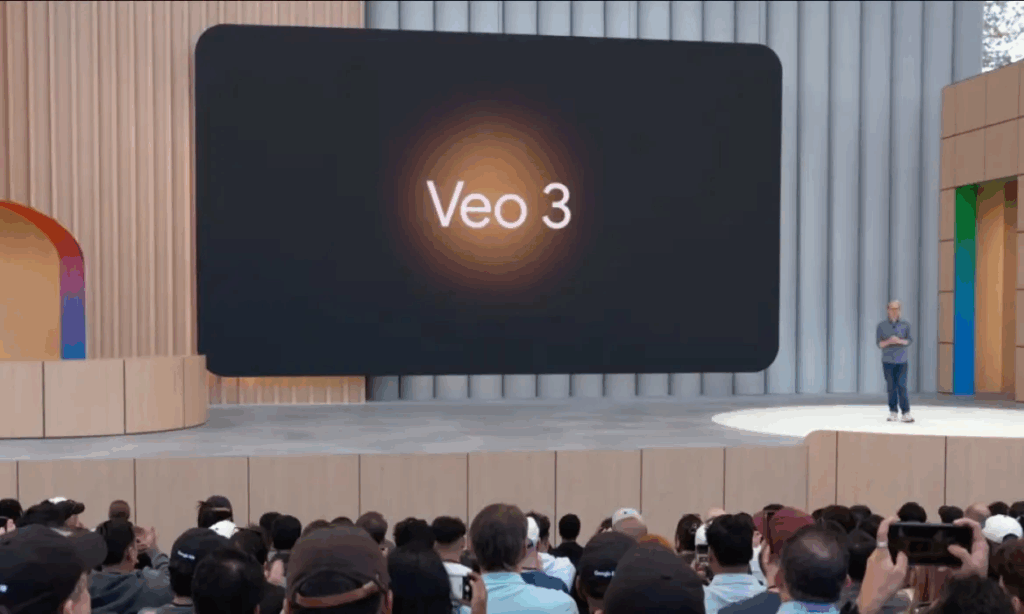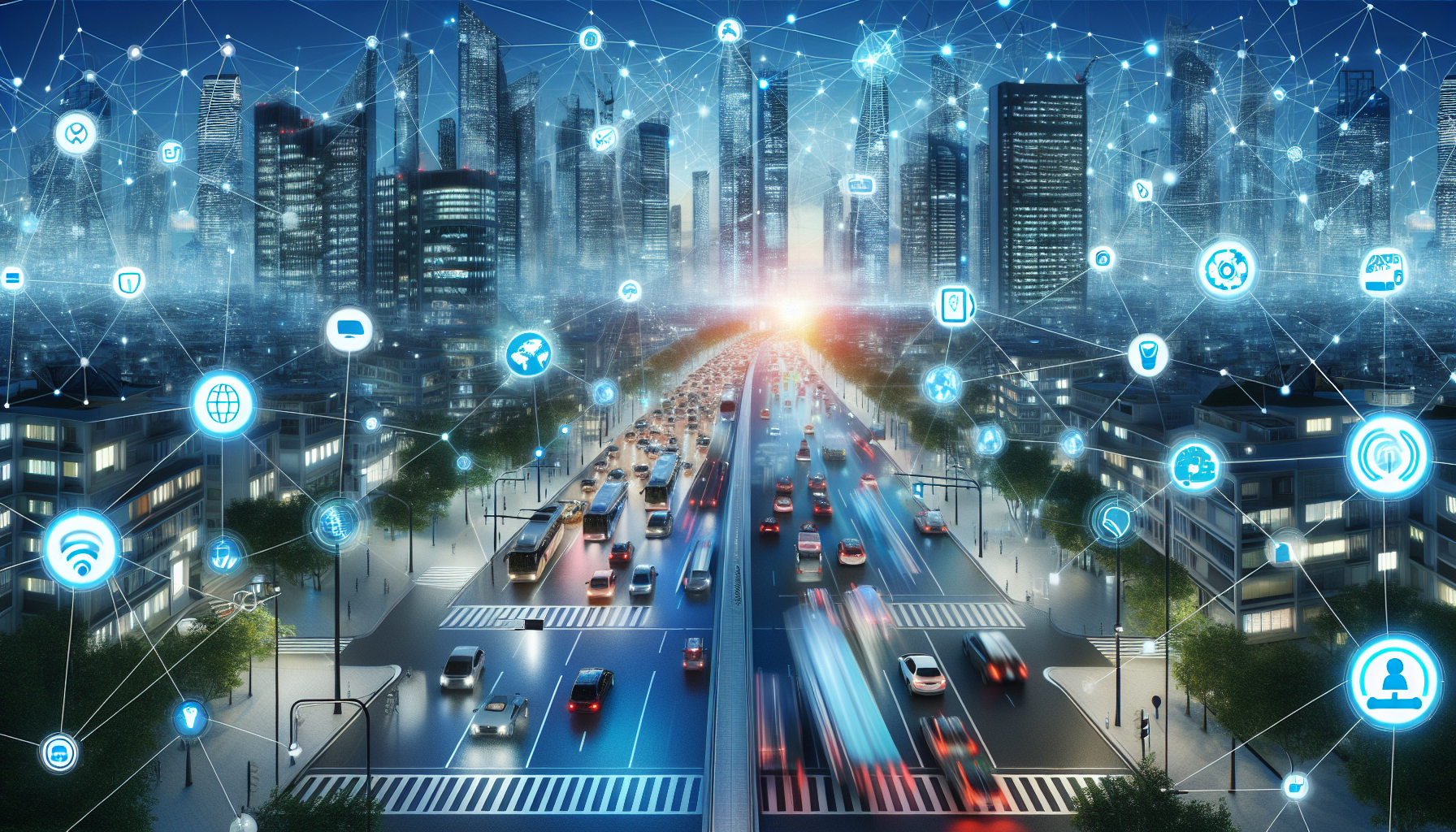Advertisements
In recent years, technology has advanced at an impressive rate, and Google Gemini is a perfect example of this.
Advertisements
This innovative tool, which combines artificial intelligence and machine learning, promises to transform the way we interact with information and services.
Imagine having a digital assistant that not only understands your needs but also learns from your preferences! With names like Sundar Pichai at the helm of this project, expectations are high.
Have you ever wondered how this technology can impact your daily life and make tasks that previously seemed impossible easier? Let's explore together the possibilities that Google Gemini brings to our lives!
Advertisements
What is Veo 3?
THE Veo 3 is the latest evolution of the series of video generation models developed by Google DeepMind.
Officially unveiled at Google I/O 2025, Veo 3 represents a significant advancement in audiovisual content creation, enabling users to transform simple descriptions into lifelike videos, complete with synchronized audio, in just a few clicks.
How does Veo 3 work?
Veo 3 uses generative AI to interpret text prompts and generate high-quality videos. It can create videos in up to 4K resolution, lasting more than a minute, while maintaining consistency and realism in scenes. Additionally, the model can incorporate images as input, allowing users to provide a reference photo along with a text prompt to generate videos that follow the style and instructions provided.
Advanced Audio Features
One of the key innovations of Veo 3 is the ability to generate audio synchronized with videos. This includes dialogue, sound effects, background music and other sound elements, creating an immersive and realistic audiovisual experience. This functionality marks the transition of AI-generated videos from the “silent film” era to full-length productions with integrated audio.

Why Use Google?
- Quick Answers: The tool provides immediate answers, saving you time searching for information.
- Personalized Learning: Based on your interactions, Gemini adapts content to better suit your needs.
- Access to Diverse Content: From tutorials to scientific articles, Gemini provides a wide range of information from different fields.
Examples of Practical Use
To illustrate how Google Gemini can be useful in everyday life, let's consider a few situations:
- Students: A biology student can ask about “photosynthesis” and receive a clear explanation, along with links to relevant videos and articles.
- Professionals: A marketer can search for “SEO trends” and get up-to-date tips and effective strategies.
- Cooking Enthusiasts: When searching for “easy vegan recipes,” Gemini can offer suggestions based on user preferences and available ingredients.
Google V03 FAQ
Is it free?
Yes, it is available for free on the Play Store, allowing anyone to access this powerful tool.
How can I maximize usage?
One tip is to interact with the platform frequently, asking specific questions and exploring different topics. The more you use it, the better Gemini will adapt to your needs.
What sets VO3 apart from other search engines?
Unlike a traditional search engine, Gemini doesn't just provide links, but contextualized and personalized answers, making it easier to understand and learn.
What to Expect from the Future of Google VO3?
With the constant advancement of technology and artificial intelligence, Google Gemini promises to evolve even further. Integration with other Google platforms and services can bring additional features, making the experience even richer and more interactive. We can expect updates that will make Gemini even more efficient at understanding nuances and context in the questions asked by users.
As more people adopt this tool, ongoing feedback and interactions will shape its development, ensuring it remains relevant and useful in the future.
Try it and Share Your Impressions!
In the future, the Veo 3 has the potential to become an essential platform for digital content creation, with applications ranging from entertainment and advertising to education, journalism and corporate communications. As the technology evolves, we can expect the model to become even more accurate in understanding textual nuances, emotions and cultural contexts, generating videos that not only portray realistic scenes, but also convey messages with depth and intent. Over time, features such as customization of visual styles, fine-tuning of narrative and detailed control of characters and environments should become more accessible, allowing creators to shape videos almost as if they were directing a film — but with the ease of a text command.
Furthermore, the advancement of integration between audio, video and natural language tends to bring AI ever closer to human creative capabilities. Future versions of Veo are expected to be able to produce not only videos with synchronized soundtracks and speech, but also complete scripts, automatic edits and personalized interactions in real time — such as videos that respond to voice commands or that adapt to the target audience. With this, Veo 3 and its successors can completely redefine the way we consume and produce audiovisual content, opening doors to new forms of creative expression, interactive communication and large-scale multimedia production, with drastically reduced costs and technical barriers.
Conclusion
THE Veo 3 represents a notable advance in Google’s generative artificial intelligence, consolidating itself as one of the most powerful tools for automatically creating realistic videos from text. Using deep learning models, the system interprets written commands and, based on them, generates videos with cohesive scenes, natural movements and impressive visual quality — including 4K resolution. In addition, Veo 3 is able to understand visual references, such as static images, to maintain the style, composition and even the desired visual identity in the videos. All of this happens in a matter of seconds, with minimal human intervention, making the audiovisual production process much more accessible and agile.
Another great advantage of Veo 3 is its ability to generate integrated audio to videos, including voices, music and sound effects synchronized with the images. This takes automated creation to a new level, delivering a complete audiovisual experience, worthy of professional productions. The tool was designed to be robust and scalable, and is currently available to corporate users via Google Cloud and Vertex AI, but with prospects for expansion to the general public. In short, Veo 3 not only transforms text into video, but also redefines how we imagine and create multimedia content, making what was previously complex and expensive into something fast, intuitive and accessible through artificial intelligence.





